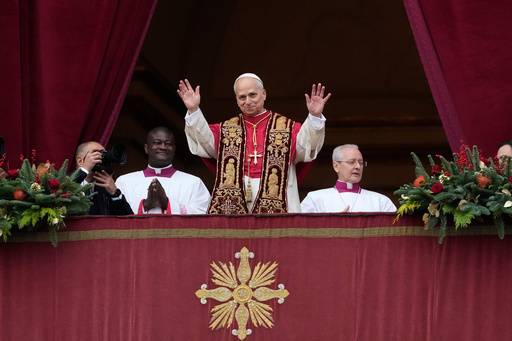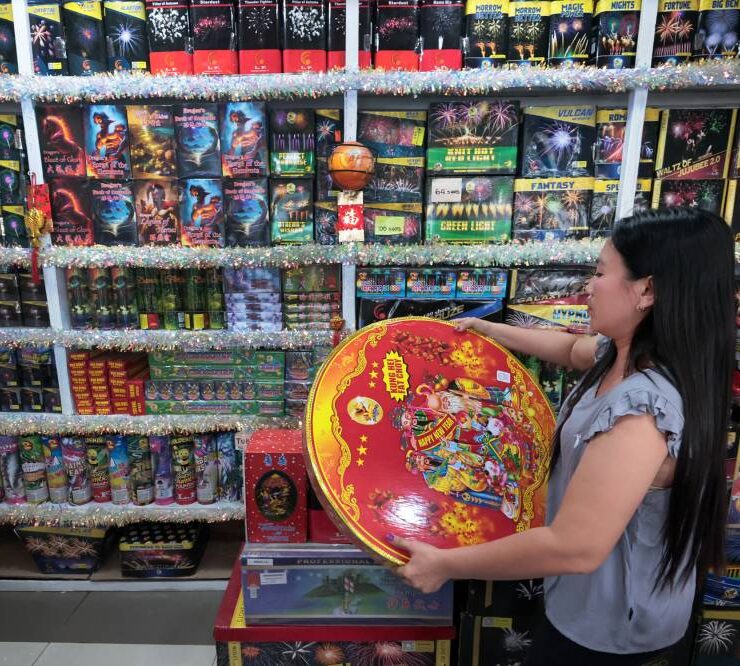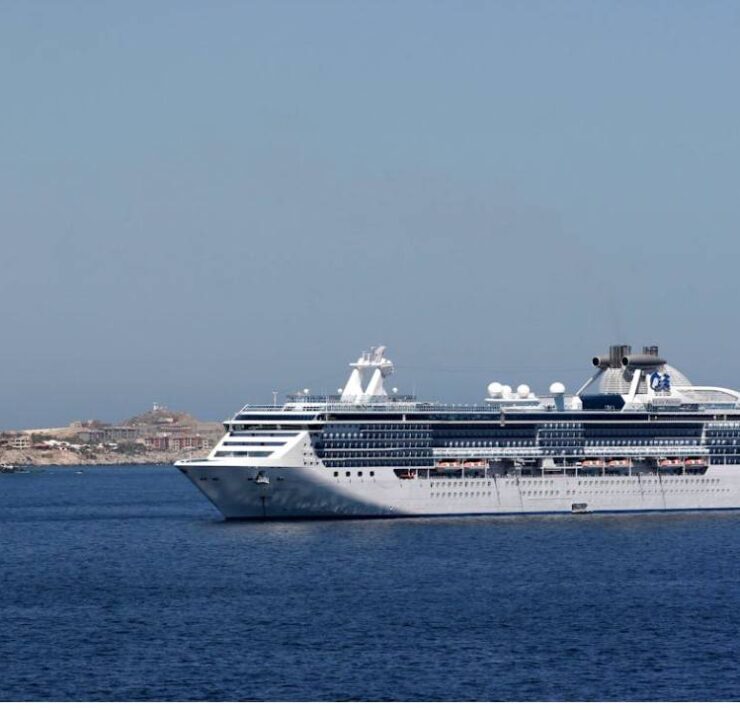Sitangkai: Tawi-Tawi’s stilt town
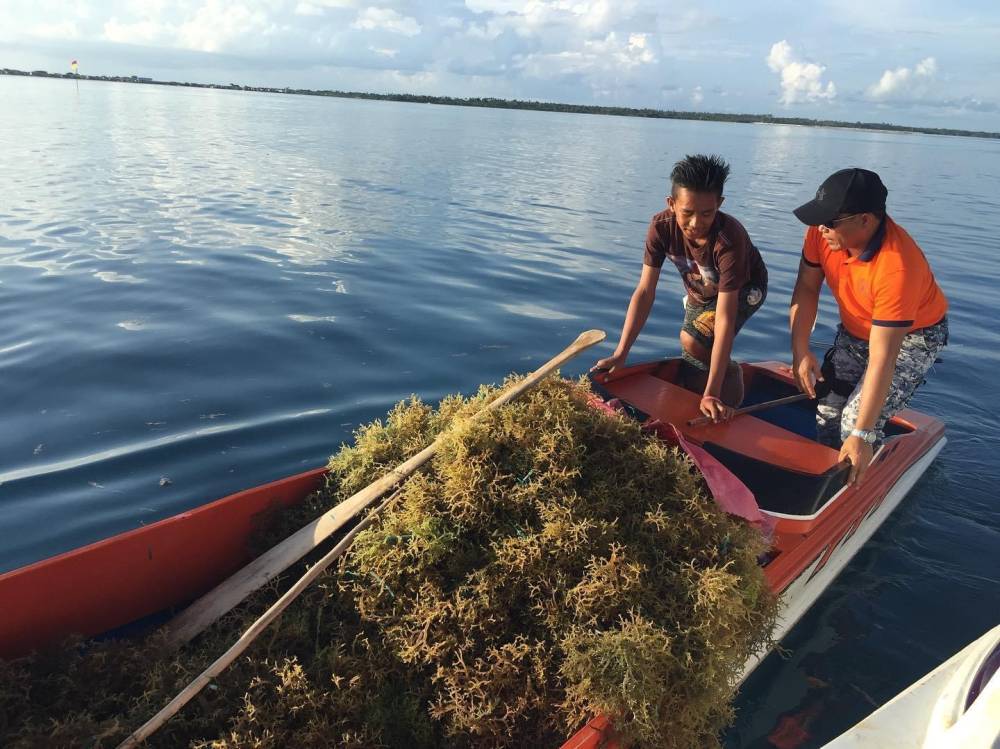
In the Tausug/Sama folk song, “Leleng,” two island municipalities in the province of Tawi-Tawi are mentioned: Sitangkai and Sibutu.
Popularly known as “Baleleng” and popularized in Sugbuanon by Max Surban and in Tagalog by Roel Cortez, the song is originally a song of love and war where the male lover, perhaps a fighter, is bidding goodbye to his female lover, Leleng.
The song paints a gloomy atmosphere, but at the same time showcases the beauty of the music, its serene, tranquil sound.
Just like the music, one of the places mentioned, Sitangkai, possesses beauty that is perhaps unequalled, with a uniquely Sama village setup of houses on stilts.

Created as a town in 1958, Sitangkai is the second westernmost Tawi-Tawi municipality after Turtle Islands, and is the southernmost Philippine town.
To its north and west are Lahad Datu’s Tanjung Labian and Semporna in Sabah, both historically part of the Sulu Sultanate but now part of Malaysia, while to its east is the island municipality of Sibutu. To its south is the Celebes Sea.
Due to its close proximity to Malaysia, it is not uncommon to see Sabahan products in town that are also found in other parts of the Sulu Archipelago or even in Zamboanga City in mainland Mindanao.
Its town center is not located on Sitangkai Island itself but in the shallow part of the sea separating the southernmost tip of the island from the smaller islands and islets to its south.
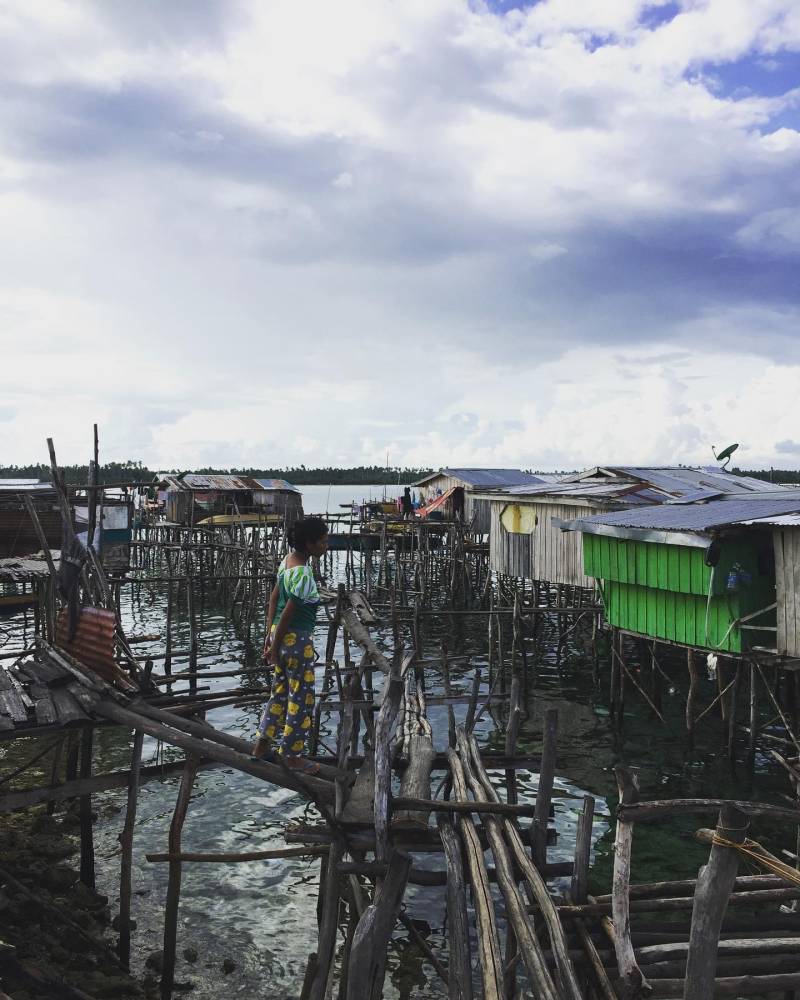
Sitangkai’s main artery is a narrow channel that emanates from the strait dividing it with neighboring Sibutu.
The movement of people is by boats or through letehan or foot bridges made mostly from light materials.
Economic activity
In the middle of the main artery is the center of economic activity, with shops selling goods, at least one money remittance center, and establishments offering various services.
Both banks of this artery are connected by concrete pedestrian bridges with enough space underneath for boats to easily navigate through.
Once moored, boats carrying products serve collectively as a floating market, another unique characteristic of the town.
During low tide, this is accessed only by small watercraft such as the smallest Sama Dilaut boat ped-das and the small speedboat-type titirit and kurikong.
At high tide, slightly bigger boats like the balangay-type biral are utilized by residents who are predominantly Sama with Tausug and some Bisaya (Cebuano-speaking people).
Over the years, some areas have been reclaimed and houses of light materials replaced with concrete. The same has happened with its bridges, particularly those located at the main thoroughfare cum business district.

One of the main industries in Sitangkai, as with neighboring Sibutu, is seaweed farming, as the environment is conducive to seaweed production.
Its potable water comes from suppliers or rain collected from large plastic containers.
The indigenous architecture, that is, houses on stilts, are still evident and widespread, making it the town’s identity. This form of architecture and communal setup points to the strong connection to the sea of its people, the maritime culture that helped shaped not only Sitangkai but the entire Sulu Archipelago as a whole.
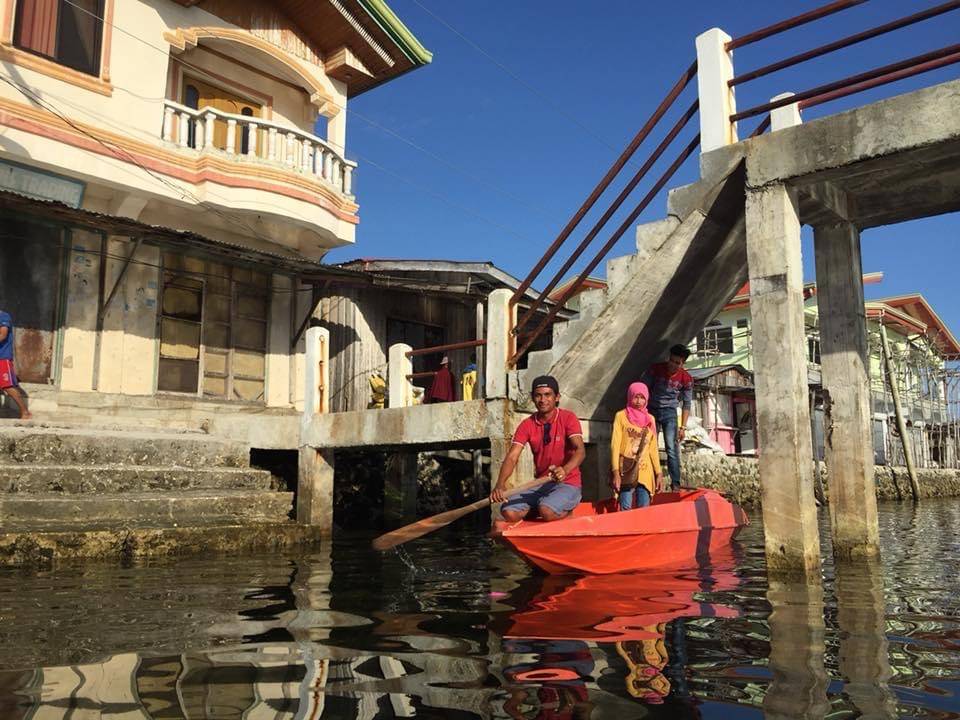
Historical markers
The National Historical Commission of the Philippines (NHCP) recently made a survey of sites in Tawi-Tawi for possible national recognition of historic sites and consequent installation of historical markers.
So far, the NHCP has marked two sites in Tawi-Tawi, the Masjid Sheik Karimol Makhdum in Simunul, the oldest mosque in the country, and the burial site of Sheik Makhdum in Sibutu. Both were marked in 2023.
Also, the former was declared by the NHCP as a National Historical Landmark in 1998, the same recognition the mosque got through Republic Act No. 10573 in 2013.
The burial site, on the other hand, was declared by the NHCP as a National Historical Shrine in 1993.

Also at the burial site, the NHCP on Nov. 6 joined local officials as well as officials of the National Commission on Muslim Filipinos (NCMF) and the Bangsamoro Commission for the Preservation of Cultural Heritage (BCPCH) in a commemoration activity for Sheikh Makhdum.
The event, according to NHCP, was “the first time a commemorative wreath-laying program was conducted in honor of a Muslim religious figure whose work contributed to the development of the Philippine nation.”
The following day, the agency formally started the 2030 Year of Philippine Muslim History and Heritage through the logo unveiling during the 644th Sheikh Makhdum Day Celebrations in Simunul.
The logo features the Islamic symbols of the crescent moon and star framed within a circular rope design containing 13 okir elements, representing the number of Islamic ethnolinguistic groups in the country.
Through President Marcos’ Administrative Order No. 10 last year, the NHCP was designated as the chair of the National Organizing Committee of the 2030 event, with the NCMF and BCPCH as cochairs.
This momentous event “aims to integrate and mainstream the historical and cultural experiences of our rich Islamic past into the greater narrative of Philippine history.”
It is also being done to revitalize Filipino national consciousness, promote peace, and reinforce social awareness and inclusiveness.

















